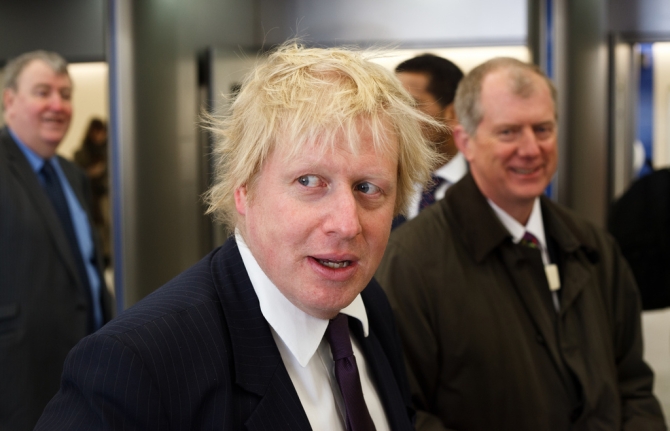With the future of London’s air travel capacity still up in the air (quite literally), London Mayor Boris Johnson has stepped up his campaign for a new hub airport to be built in the Thames Estuary.

Although the possibility of extending facilities at Heathrow to include a third runway has not yet been ruled out by the Airports Commission, the Mayor believes that his proposal, together with the redevelopment of the Heathrow site, could prove to be the most beneficial long-term option.
In a report published today, Mr Johnson has outlined four potential future uses for Heathrow which he claims could boost employment and residential property development in the area. Working in association with property consultants JLL, his report argues that the benefits of building a new hub airport would far outweigh any negative aspects.
Under the proposed plans, the first option would see the current Heathrow site transformed into an education quarter which would create up to 100,000 jobs. As Heathrow directly employs 76,000 people, this option would boost employment and in theory create jobs in a wider range of sectors than currently offered.
Another option would see around 80,000 homes constructed in a bid to tackle London’s rapidly dwindling housing stock. Up to 200,000 people could benefit from the increase in residential property, with the added bonus of 90,000 jobs being created during the construction process and subsequent residential sprawl – including retail, hospitality and leisure options.
Chief aviation officer to the Mayor of London, Daniel Moylan, argues that these scenarios would provide the best possible outcomes for residents of London. Not only would the redevelopment result in an employment boom and provide much needed housing, the construction of the new hub airport in the Thames Estuary would be suitable for future expansion if necessary due to the greater availability of space to the east of the capital.
Unfortunately for Johnson, the report has been met with cynicism by those supporting an expansion of Heathrow. Airport authorities had previously warned that an area the size of Milton Keynes would be negatively affected for several generations if the area’s major source of economic growth was to close, and Rob Gray of the Back Heathrow campaign group shares this opinion.
Mr Gray voiced his concern over the time it would take to redevelop Heathrow into a driver of economic growth, claiming the closure would be like a “death knell” to the economy in the surrounding area.
He continued; “When the London Docks closed in the 1970s, 150,000 jobs were lost and it took 40 years to create 120,000 new ones.
“Promising people a job in 2055 is of little use for those struggling to pay their bills in 2015.”
Airports Commissioner Sir Howard Davies has ordered a further study into the possibility of the Thames Estuary airport and will confirm whether or not it will be added to the shortlist of options in September.